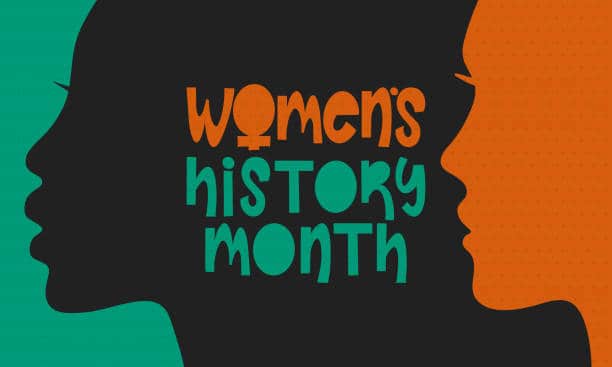Speaker Carl Heastie and state Assemblyman Steve Otis, chairman of the Science & Technology Committee announced on Thursday, April 8 that the approved 2021-22 state Budget includes the Assembly’s proposal to establish a new $15 million statewide Digital Inclusion
Grant Program to assist local efforts to bring digital equity to individuals left out of today’s essential digital technology.
New York now joins the national movement to support statewide programs that fund digital inclusion programs at the local level by providing affordable broadband access, devices and a training course with tech support to disadvantaged individuals.
“This pandemic compounded the disparities that have long existed in access to digital technology and training,” Heastie said. “From education to employment to health care, our lives are becoming increasingly conducted in virtual spaces. This digital inclusion
program will help ensure that New Yorkers are not left behind as the world we live in becomes more digitally based.”
Otis added, “The Digital Inclusion Grant Program will address digital inequities in education, employment and health care faced by those left out of today’s digital world. Thanks go to Speaker Heastie and Assembly colleagues in supporting our Science and Technology Committee proposal to create a statewide program to deliver access, devices and training to underserved individuals and households.”
“When schools across the state had to quickly pivot to an online based learning system, the disparities in digital access were put on full display,” said Education Committee Chairman Michael Benedetto. “Access to digital technology has clearly become the next great equalizer, and this program will allow us to mediate those disparities and help ensure greater equality in technology access and training.”
“Our libraries are often a lifeline for many New Yorkers looking to access the technology that has become such a huge part of our daily lives,” said Libraries and Education Technology Committee Chair Kimberly Jean-Pierre. “This funding will ensure that libraries can continue to be the cornerstone of our communities where people can connect to our increasingly digital world.”
One not-for-profit that has been partnering with community organizations throughout Westchester County on digital inclusion programs has been STEM Alliance. Their Digital Equity Now initiative is working on programs in Larchmont, Mamaroneck, Yonkers, Port Chester,
Peekskill, New Rochelle, Ossining, Sleepy Hollow and Mount Vernon.
“The pandemic made it actually obvious that we have a digital divide in Westchester County where 50,000 community members have no internet subscription and over 30,000 have no computer in their home,” said Meg Kaufer, STEM Alliance president. “Research shows that
high levels of trust at the community level are needed to promote technology adoption. Assemblyman Otis’s Digital Inclusion Grant program recognizes that with the right funding, local nonprofits and community-based organizations are best positioned to bring local solutions to the solve the digital marginalization of our County’s most fragile community members.”
This statewide grant program would be administered by the state Education Department, SED.
Grants would be available on an application basis to not-for-profits, schools, libraries, local governments, municipal housing authorities
and other community-based organizations seeking to provide digital inclusion programs. “The State of New York has made history,” said Angela Siefer, executive director of the National Digital Inclusion Alliance, NDIA. “Dedicating $15 million to equitable access and use of
digital tools is ground-breaking. The federal government allocated funds to subsidize home broadband access but affordably is only one barrier to digital equity. New York’s Digital Inclusion Grant Program will support the on-the-ground work necessary to help the most disadvantaged sign up for and make the most of home broadband. NDIA encourages every state to follow New York’s lead.”
Digital inclusion programs, also referred to as “digital equity” or “digital navigator” programs, are the model used throughout the country to address existing disparities in digital access because of cost, race, location and age. These programs include the elements needed for digital literacy: affordable broadband access, devices and training with technical support.
Local efforts at digital inclusion programs exist in parts of the state, and SED recently held two statewide digital equity summits to focus on the importance of digital inclusion and achieving digital equity in New York State. (Submitted)








